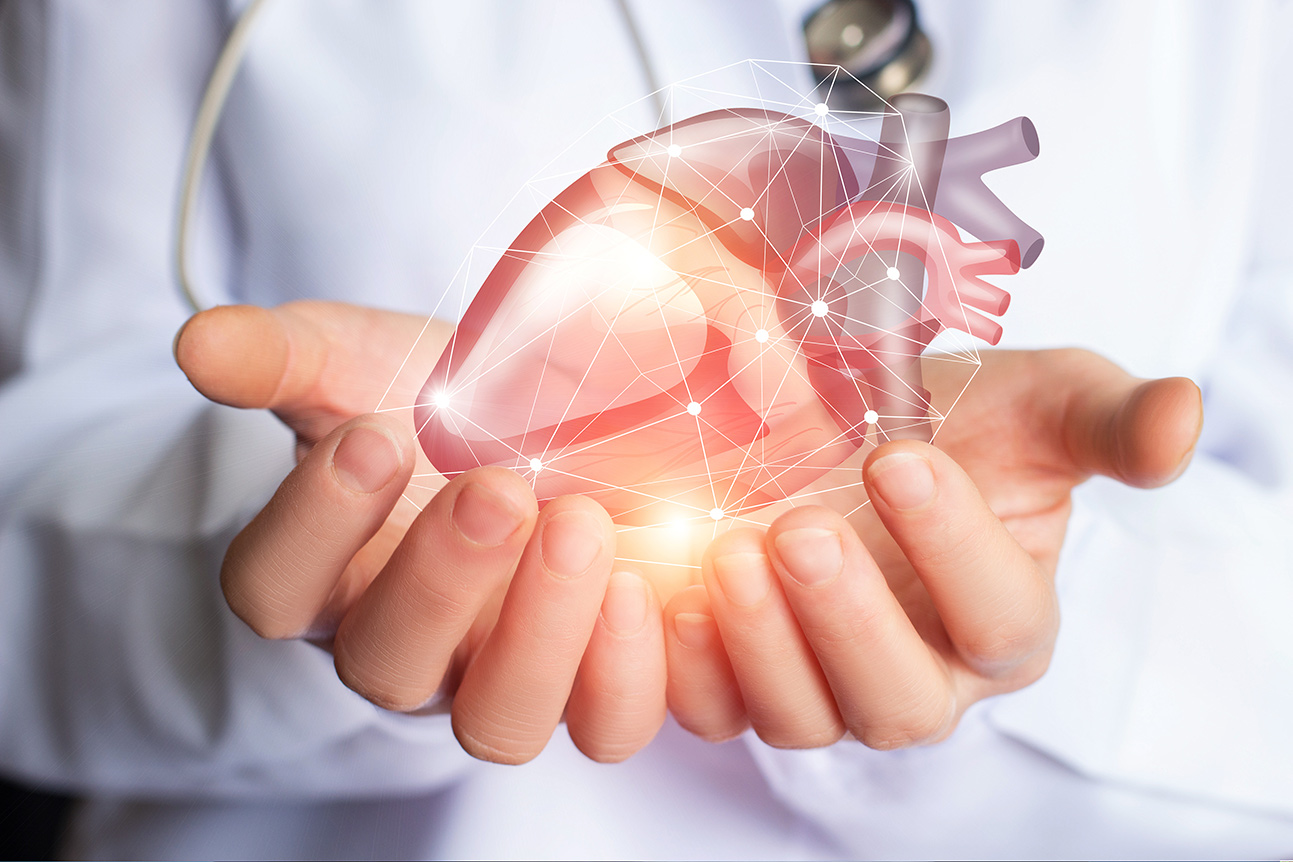Survival prospects of heart attack patients by mobile measurement of cardiovascular risk factors

@AdilMehmood / freepik.com
Partners:
- Polyclinic rechts der Isar Munich, Internal Medicine I, Prof. Dr. Georg Schmidt
- INVADE Institute for Health Services Research
Challenge:
Ensuring regular and frequent risk assessment of cardiac patients so that changes in their health status are recognized right away and patients get treatment before their health is worsening significantly.
Goal:
Replacing the current method of assessing the cardiac risk, namely the need for a 30 min measurement of ECG, blood pressure and respiration rate in the doctor´s office by a simple over-night measurement at home. Thus, enabling a regular assessment of current risk level of cardiac patients at home.
What made the customer use a cosinuss° solution:
cosinuss° provides a wearable sensor that collects PPG signal with medical accuracy, enabling the calculation of a precise Polyscore (= cardiac risk score) as well as heart rate, respiration rate, heart rate variability and oxygen saturation of the blood. The in-ear sensor at the same time is easy to use, convenient and can be worn during night.
Test procedure:
| Specification | Description |
|---|---|
| Type of study | Pilot study |
| Used devices | cosinuss Two° cosinuss° LabClient cosinuss° Server |
| Reference | Pulse oximeter with fingerclip |
| Timeframe | 6 weeks |
| Location of measurement |
|
| Number of test persons | 30 |
| Test person statistics | Age: 60-74 years Gender: male and female (no concrete figures) Rec. health issues: Cardiac patients |
| Procedure |
|
| Usability | Handling of in-ear wearable and gateway device on their own at home. |
| Collected data | PPG raw signal and signal quality score |
| Data transmission | cosinuss° Two -> cosinuss° LabClient: Bluetooth cosinuss° LabClient -> cosinuss° Server: Network connection |
| Data location | cosinuss° Two -> cosinuss° LabClient -> cosinuss° Server (server location in Nuremberg, Germany) |
| Protocol |
|
| Object of investigation | Correlation of simultaneously measured photoplethysmographic signals (finger clip and in-ear sensor) related to signal differences from pulse beat to pulse beat (signal amplitude and wavelength) Secondary endpoints:
|
| Data analysis | Data is processed only by Prof. Dr. Schmidt and his team. |
Conclusions drawn from collected data:
- Data analysis not yet completed and pending due to Corona.
- First estimation of Prof. Dr. Schmidt: Data of cosinuss° Two looks very promising so far
Technical validity:
- First estimation very positive.
- Detailed analysis pending due to Corona.
Risks and issues encountered:
- Fast uploading requires corresponding Internet connection speed in medical practices and at the patient’s home.
Usability
- Positive feedback of MTA/test persons: Smooth data acquisition in the doctor’s office and in-home monitoring including nightly data acquisition while sleeping.
- User-friendliness and wearing comfort confirmed by study participants aged 60-74 years.
- Uploading the raw data requires a correspondingly fast Internet connection.
Customer feedback
We assume that the auditory canal is less exposed to sources of interference such as jerky movements than the fingertip, especially in everyday life. Consequently, a measurement of the photoplethysmographic signal in the ear canal would have to provide more stable and artifact-free signals than the measurement at the fingertip.
What´s next?
Prof. Dr. Schmidt and his team are planning to conduct a prospective cohort study with 1.200 participants.
Mögliche Anwendungsgebiete
Telemonitoring, Mobile Gesundheitsanwendungen, Gesundheit zu Hause